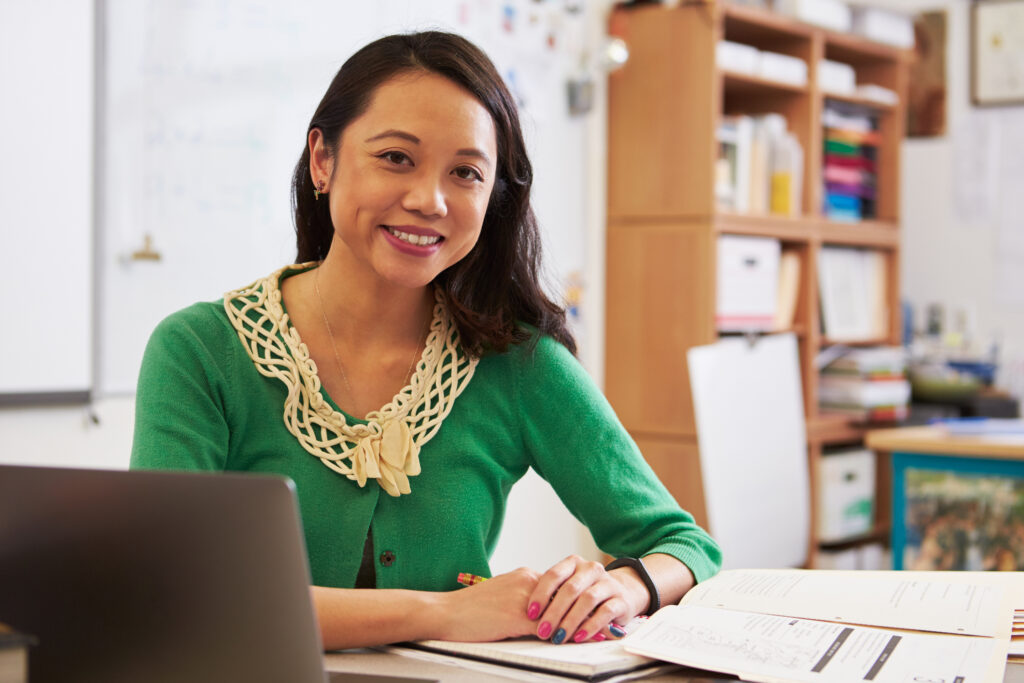Students explore cases of environmental injustice around the world, investigating why it persists and what they can do about it. They learn that environmental justice refers to everyone living in a clean, safe environment, and that environmental injustice is when some people do not. Students investigate different environmental disasters, beginning with the 1984 Bhopal gas disaster, and examine how these disasters can spur new laws, like environmental right-to-know laws.
Students investigate how factors like the speed and location of a disaster, who is impacted, and available data affect what happens and how people respond. Investigations into the roles and needs of different groups — like governments, community members, and companies — help students understand what to consider when looking for solutions to environmental injustice. The unit culminates with students creating an action plan to bring together multiple groups and parties to address an environmental hazard.

“My students often refer to the experience and knowledge gained. I plan to use Seeds to Solutions lessons in the future.”
“From my students: ‘Thank you for teaching us this lesson because if you didn’t it would be bad for our environment.’ ‘This was awesome! Can you do more? Thank you!’ ‘Thank you for helping us in taking care of the environment.'”
“There is something for all different kinds of learners. We are moving spaces, drawing, talking in big and small groups, writing. Some of my kiddos who would have been disengaged quite possibly the entire time were engaged in at least two or more parts of this lesson.”
“My kids have said, ‘Oh good, I like doing this,’ when we were starting the lesson each day. It’s a great topic. I also think it has made them more curious and do their own research.”
“This is engaging because it uses real data about the state students live in and shows changes within their lifetime, like the rise of warehouses and trucking during the pandemic.”
“Students really enjoyed the hands-on activity. They were very interested to learn about the different pollutants that they’ve never heard of. It also developed their curiosity about air quality and pollution. It was an eye-opener for some that they are able to see what is mostly ‘unseen’ by everyone.”
“This lesson brought in cultural stories from the original people who inhabited California. This is a perspective that is not often taught in science. I think that the kids liked having science be a little less facts and figures and more story.”
“I heard comments like, ‘I didn’t realize how much climate change affects my community,’ and, ‘This project made me think about what I can do to help.'”
“Every lesson was so thoroughly designed, the case study design book was beautifully organized, and it helped to give my class a real-life understanding of how college/graduate-level academic research works. Being able to connect their research back to environmental issues they actually experience was simply icing on the cake. Well done!”
“The kids become more engaged because now they are actually actively doing things. They’re really having to look for themselves. It’s not given to them on a platter, but all the resources are right there.”
“Using the maps and seeing things like schools and how close they are to hazards is really cool. They may not be super connected personally, but they can put themselves in the shoes of other kids and try to relate. I know it’s working because I have a kid that just watches Netflix all day, every day and he pulled out his earbud and participated!”
“When you’re out in the workforce, you’re trying to solve problems that don’t have a clear, immediate answer. So doing stuff like this helps give students practice.”

Kim Fortun, EcoGovLab, UC Irvine
Prerna Srigyan, EcoGovLab, UC Irvine
Margaret Tebbe, EcoGovLab, UC Irvine
Nadine Tanio, EcoGovLab, UC Irvine
Margaux Fisher, EcoGovLab, UC Irvine
Katie Vo, EcoGovLab, UC Irvine
Taranjot Bhari, EcoGovLab, UC Irvine
Aeris Melody Johnson, EcoGovLab, UC Irvine
Lena Fortun, EcoGovLab, UC Irvine
Sierra Howard, EcoGovLab, UC Irvine
Julia Lin, EcoGovLab, UC Irvine
Jennifer Cao, UC Irvine
Thomas Herman, San Diego State University
Mimi Coughlin, Sacramento State University
Matt Ellinger, Designer
Hosun Kang, UC Irvine
K. Lily Wu, OEHHA and Cal EPA
Wongyong Park, University of Southampton
Doron Zinger, CSU Dominguez Hills
Jean Flanagan, BSCS
Susan Lyons, Development Editor
Anita Palmer, GIS Etc
Stacey Lane, Illustrator
Darin Newton, Development Editor
Erica Brauer, Granada Hills Charter
Graham Lockett, Culver USD
Craig Manges, Lemoore UHSD
Kate Morris, The Waverly School
Laura Rivera, Torrance Unified School District
Ann Wegmann, Patrick Henry High School